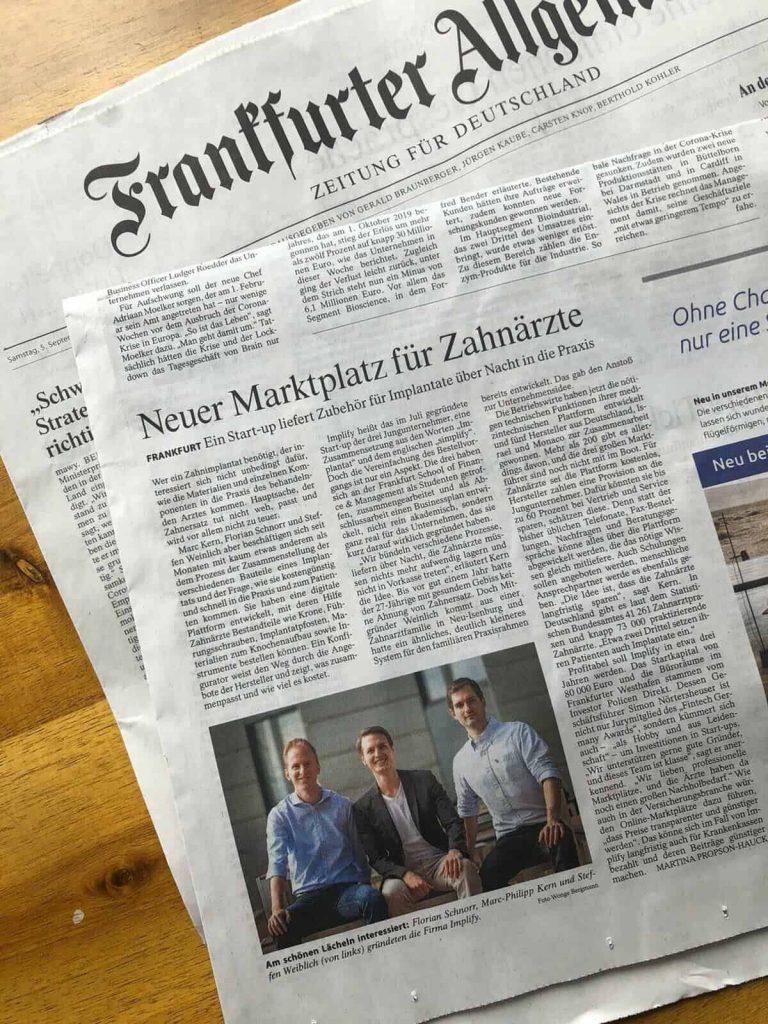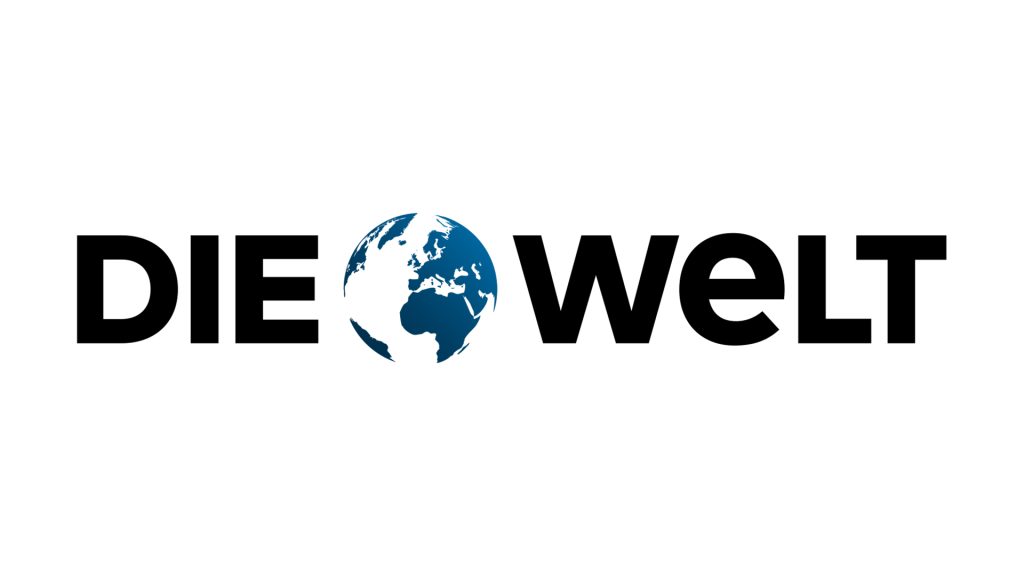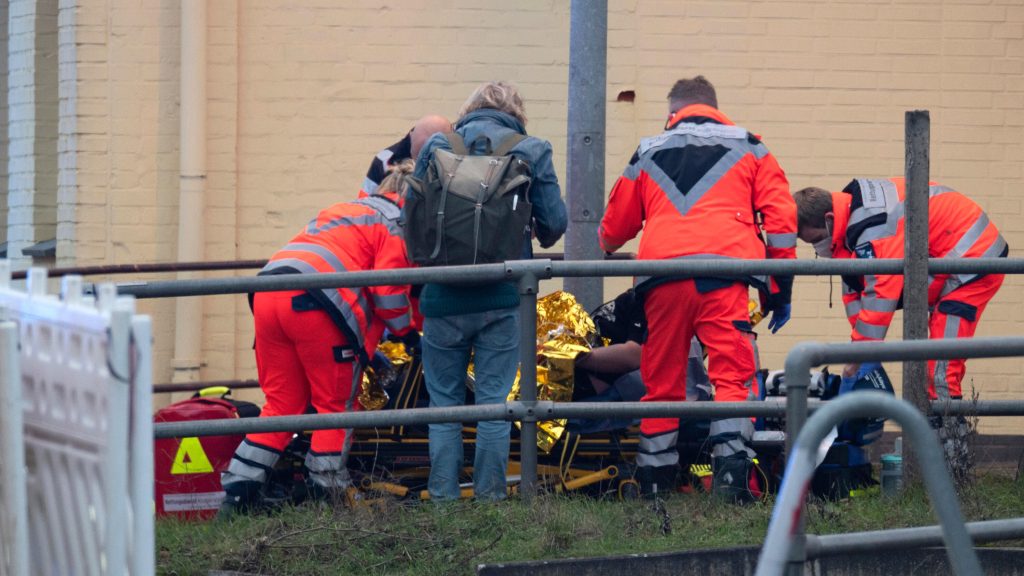



In an era marked by political polarisation, rising populism, and recurring debates about migration, the role of media in shaping public perception has never been more consequential. Nowhere is this more evident than in the coverage of terrorism, especially when perpetrators are identified as having a migration background. In the decade following the 2015 refugee crisis, Germany has seen not only a surge in migration but also a parallel rise in public anxiety, political extremism, and media scrutiny. How terrorist attacks are reported—what language is used, what context is offered, and what voices are prioritised—has a direct impact on societal attitudes toward migrants, refugees, and the broader policy landscape.
This research investigates how four major German newspapers—Frankfurter Allgemeine Zeitung (FAZ), Die Welt, Der Spiegel, and Bild—framed terrorist attacks involving perpetrators with a migration background between 2015 and 2025. Through a comparative framing analysis, the study explores how these newspapers employed narrative devices such as metaphor, tone, repetition, and blame attribution, and how such strategies evolved. It also examines how these frames intersect with broader ideological positions and contribute to the normalisation of securitised migration discourse.
The relevance of this research lies in its ability to connect media practices with public perception and political change. Germany, often considered a bellwether state in European migration policy, has witnessed the electoral rise of right-wing parties like the Alternative für Deutschland (AfD), whose anti-migration rhetoric echoes many of the frames found in tabloid and conservative press. By analysing these framing mechanisms, the study contributes to a broader understanding of how journalism, intentionally or not, can either challenge or reinforce xenophobic narratives.
At a time when journalists are under increasing pressure to balance urgency with accuracy, and when public trust in the media is declining, this research offers timely insight into the ethical and political responsibilities of newsrooms. It also serves as a foundation for reflective journalistic practice, offering future media makers tools to critically assess their own framing choices.

Two stops before the Attack: Reporting from the shadow of violence
By Stanzen Jelsma
10-6-2025
It’s a Tuesday afternoon. Tram Line 5 glides quietly through Würzburg’s centre. Across from me sits a young man. He’s still. Calm eyes. A gym bag was on his lap. Hoodie pulled low. Just another teenager, one might think. In just two stops, though, he will step off this tram, pull out an axe, and injure four innocent people.
In the chaos that follows, headlines will appear within hours. Panic will spread. Social media will boil with outrage and judgment. Politicians will demand action. But as I prepare to write about what happened, one question becomes urgent:
How do I tell this story without turning him into a symbol — or an excuse?
What we know
The attacker is a 17-year-old Afghan national. He arrived in Germany alone in 2015, placed in a group home for unaccompanied minors. According to police, he acted alone. Hours after the attack, a claim of responsibility from ISIS surfaces. A hand-drawn flag and a letter of allegiance are found in his shelter room.
And yet, the story isn’t just about ideology. It’s about loneliness, neglect, and a failure to recognise warning signs. This isn’t a theory. It’s what unfolds when you dig past the headlines.
What the media said — and didn’t say
In my research across 200+ articles, four newspapers — Bild, Die Welt, FAZ, and Der Spiegel — presented four distinctly different frames.
- Bild ran with: “Axe terror in the train – Refugee leaves blood trail.” The word “refugee” was mentioned five times in the first paragraph alone.
- Die Welt asked: “How safe are our borders?”, immediately placing the attack within a securitisation frame, implying systemic failure tied to immigration policy.
- FAZ chose a measured approach: “Teen attacks train passengers — Motive Under Investigation.“
- Der Spiegel dug deeper: “The boy who was forgotten”, and included interviews with social workers and community members.
These variations matter. As I coded each article, I saw a pattern: the more right-leaning the outlet, the more frequently the attacker’s migration background was centred, often at the expense of more nuanced or explanatory factors like mental health, social marginalisation, or isolation. Bild, for example, linked the attacker to the refugee crisis of 2015 within the first 100 words. Der Spiegel waited until paragraph six.
And when these patterns repeat across time, across outlets, they don’t just shape public understanding. They become a public understanding.
The human behind the headlines
In court documents and testimonies from shelter workers, a picture emerges: this boy had no stable contact with his family, wasn’t enrolled in school, and had no psychiatric evaluationdespite multiple behavioural warnings.
A staff member from the group home shared in an interview: “He started isolating himself. He spoke less. We suspected something was wrong, but we were understaffed. We couldn’t intervene.”
Yet these details rarely made it to the front pages. Only 14% of the articles I analyzed mentioned his living conditions. Only 9% addressed access to education or mental healthcare.
Instead, 71% used some variation of the phrase “migrant attack”, and 62% quoted politicians before quoting any social or mental health professionals.
Framing is a choice — and a responsibility
The first wave of reporting turned him into a threat. But the reality is more uncomfortable: he was a warning that went unheeded.
Framing matters. It determines whether a story adds to public understanding or inflames public fear. It decides whether we see a human being, or just a headline.
Research confirms this: securitised frames — those that link violence to migration — not only dominate reporting after such attacks, but also lead to more punitive public attitudes toward refugees. In contrast, humanitarian or systemic frames (those addressing mental health, radicalisation, or social exclusion) are rare, and when they do appear, they tend to come later, once the story has faded from public attention.
Security vs. humanity: The false binary
Political reactions followed a predictable script. Within 24 hours:
- One MP tweeted: “This is why we must shut down all asylum intake immediately.”
- Another stated: “The blood is on Merkel’s hands.”
But few asked the deeper question: What does it mean when a 17-year-old, without guidance, without community, and without treatment, turns to violence?
Der Spiegel’s coverage stood out. In a later feature, it quoted a sociologist who warned: “When media erase social context, they don’t just distort truth — they prepare the ground for scapegoating.”
That insight stayed with me. So did a quote from a young Afghan living in Würzburg: “Every time something like this happens, I’m afraid to go to school the next day. Not because of terrorists. Because of how people will look at me.”
Was this an exception or a pattern?
One article is not a pattern. But my research shows a worrying trend: between 2015 and 2025, over half of all German media coverage of attacks involving migrant-background perpetrators linked the incident to broader migration policies within the first three paragraphs.
By contrast, systemic failures — such as lack of mental health care, disrupted asylum procedures, or integration lapses — were addressed in fewer than 20% of cases.
This discrepancy is not neutral. It frames how readers — and voters — interpret the causes and consequences of violence. It contributes to a climate in which migrants are not individuals, but variables in a national risk equation.
What I would write
Würzburg, 2016 — A 17-year-old boy attacked four passengers with an axe on a regional train.
The attacker, who arrived in Germany as an unaccompanied minor, had no access to regular schooling or mental health care. He had withdrawn socially and reportedly consumed extremist material online.
While ISIS claimed responsibility, authorities continue to investigate whether the act was ideologically driven or rooted in psychological distress.
Experts warn against simplistic interpretations. “We need to address the complex interplay between trauma, isolation, and identity in young migrants,” says sociologist Fatima Yilmaz.
Political reactions were swift, but human rights groups cautioned against using the incident to justify collective blame. “A child’s descent into violence is a warning sign — not a reason to punish a population,” stated advocacy group Brücke.
Conclusion: The stop where responsibility begins
I stepped off the tram two stops before it happened. I didn’t see what he saw. I didn’t feel what drove him. But I know this: when the axe fell, the story didn’t begin with the attack. It began long before — in silence, in isolation, in policy failures, in neglected warnings.
And when I sat down to write, I understood something else:
My responsibility begins where his ended.
Not to justify.
But to do justice.
I wrote the article “Two Stops Before the Attack: Reporting from the Shadow of Violence” as an illustrative example based on the findings of my broader research project. This research aimed to investigate how the language, specifically terminology, tone, and metaphor, used to describe terrorist attacks involving perpetrators with a migration background evolved in four major German newspapers: Die Welt, Frankfurter Allgemeine Zeitung (FAZ), Bild, and Der Spiegel between 2015 and 2025.
To conduct this analysis, I examined the media coverage of six high-profile terrorist attacks in Germany during this period. These cases were selected for their national significance, varied perpetrator profiles, and the intensity of media attention they received:
The 2016 Würzburg Train Attack (July 18, 2016): A 17-year-old Afghan asylum seeker attacked passengers on a regional train with an axe and knife, injuring five people before being shot and killed by police.
The 2016 Ansbach Bombing (July 24, 2016): A 27-year-old Syrian asylum seeker, whose asylum application had been denied, detonated a suicide bomb outside a music festival. He killed himself and injured 15 others. The attack was linked to Islamist extremism.
The 2016 Berlin Christmas Market Attack (December 19, 2016): A Tunisian man and failed asylum seeker drove a truck into the Breitscheidplatz Christmas market, killing 12 people and injuring dozens more. The Islamic State claimed responsibility for what became the deadliest terrorist attack in Germany in decades.
The 2023 Duisburg Gym Stabbing (April 18, 2023): A Syrian refugee stabbed several individuals at a gym in Duisburg, severely injuring four. Authorities launched an investigation into potential Islamist motives, with preliminary findings suggesting the attacker had been radicalised online.
The 2024 Magdeburg Christmas Market Attack (December 20, 2024): A man in his thirties, originally from Saudi Arabia, drove a vehicle into a crowd at a Christmas market in Magdeburg, injuring several people. The attack fueled public debate about so-called “lone wolf” actors and the effectiveness of security screening procedures for new arrivals.
The 2025 Munich Demonstration Attack (February 13, 2025): A 24-year-old Afghan immigrant drove a car into a labour union demonstration in Munich, injuring more than 30 individuals. The incident was identified as having an Islamist extremist motive and reignited political controversy surrounding integration policies and national surveillance systems.
By analysing how these events were reported in the selected newspapers, I explored shifts in narrative framing, the prominence given to the perpetrators’ migration status, the use of emotionally charged language, and the balance between security-focused and humanitarian perspectives. The article I wrote is one attempt to reflect these findings in practice, highlighting not only what is reported, but how it is reported, and why that matters.